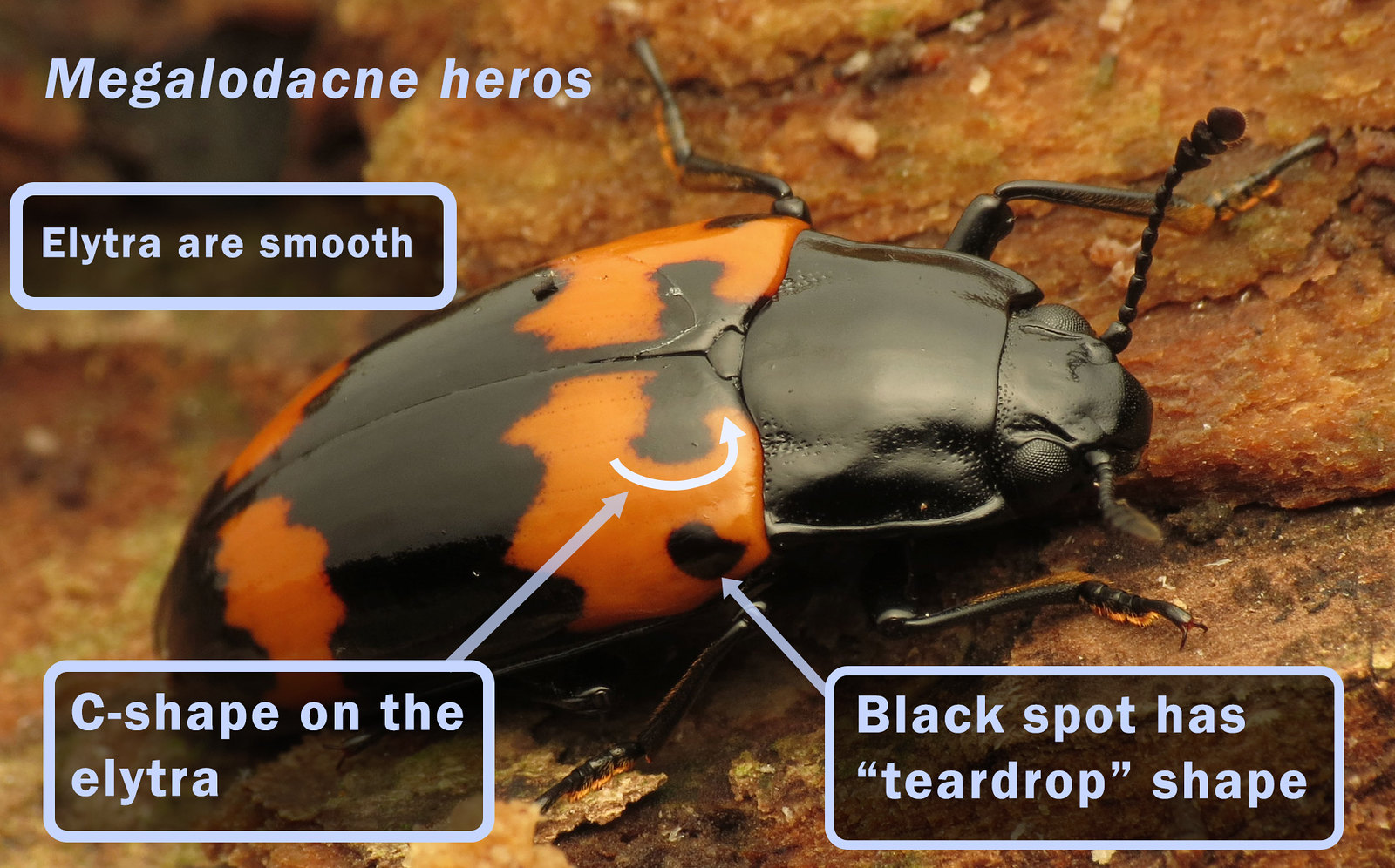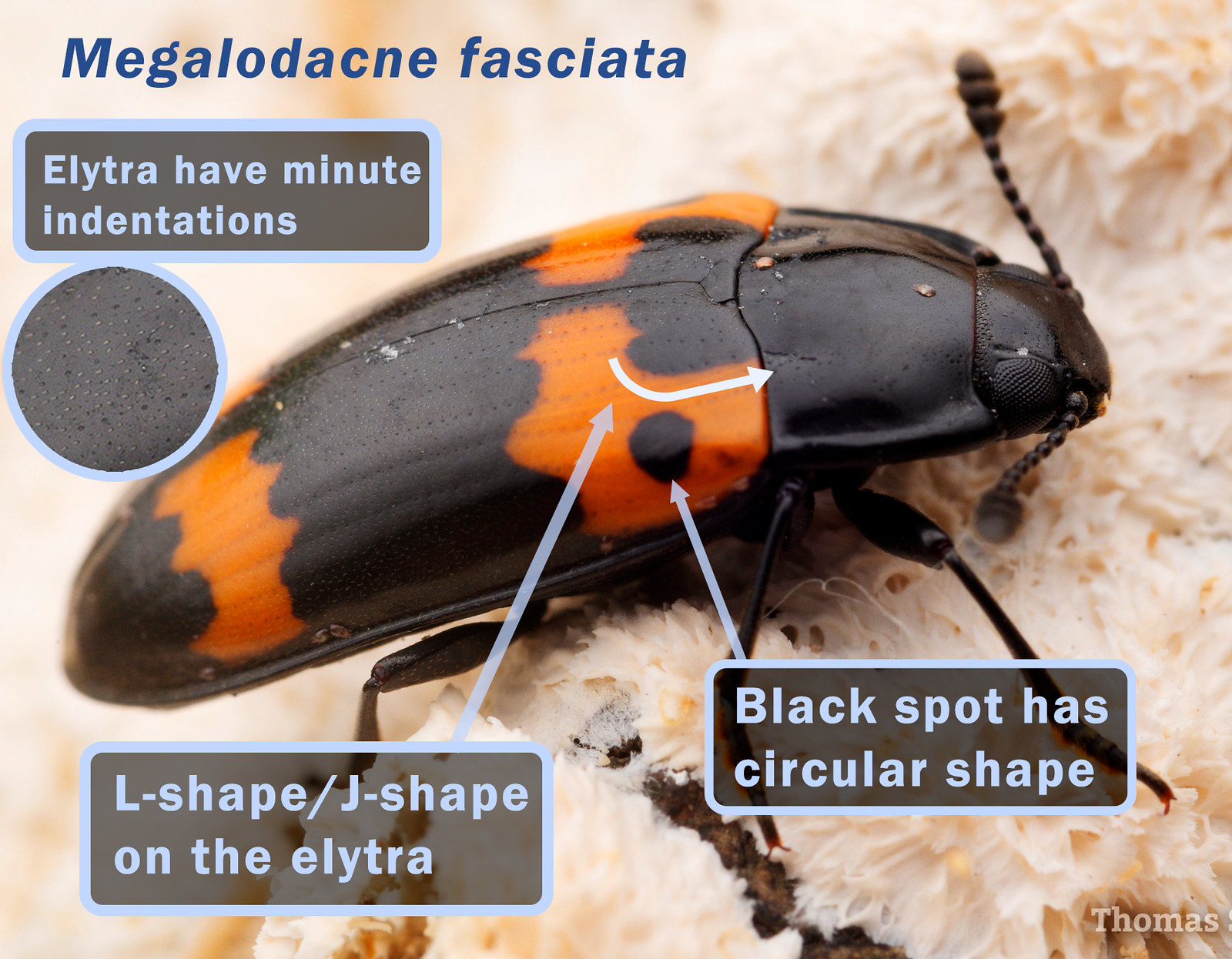28 de mayo de 2023

26 de mayo de 2022
Resources for IDing Organisms
A running list of resources I'm keeping for IDing organisms:
Plants
Weakly's
https://fsus.ncbg.unc.edu/
Vascular Plants of North Carolina
https://auth1.dpr.ncparks.gov/flora/index.php
Southeast Regional Network of Expertise and Collections (SERNEC)
https://sernecportal.org/portal/
Illustrated Guide of Botanical Terms
http://conservationresearchinstitute.org/forms/CRI-FLORA-Glossary.pdf
Trout Lilies (Erythronium):
https://www.inaturalist.org/journal/ddennism/14400-distinguishing-yellow-trout-lilies-in-e-usa
Mosses, Liverworts, Hornworts of Southern Apps (Bryophytes):
Consortium of
North American Bryophyte Herbaria - Bryophyte Portal
Bryophytes of Conservation Concern in the Southern Apps
Guide to Liverworts of North Carolina
Forest Service Cherokee National Forest PDF
Solomon's Seals (Polygonatum biflorum):
rynxs's temp observation to distinguish P. biflorum var biflorum from var commutatum
Asarum species (including "Hexastylis")
https://ncwildflower.org/wild-gingers-hexastylis-and-asarum-in-north-carolina/
NC Phacelias Species
Botany Nerd
Rhododendron
Newest Rhododendron Taxonomy
Ferns in NC Mountains
Arthropods
Diptera
https://sites.google.com/view/flyguide/home
Specifically Sciapodinae of Eastern North America
https://sites.google.com/view/flyguide/species-guides/dolichopodidae/sciapodinae/guide-to-eastern-sciapodinae
Hoverflies (Syrphidae):
ID guides and keys at https://sites.google.com/view/flyguide/species-guides/syrphidae if you want to learn more about these flies.
Craneflies of NC Mountains:
Matt Peterson
Spider Families
Eye pattern guide
Hoppers of NC
https://auth1.dpr.ncparks.gov/bugs/index.php
Fellow iNaturalists who can help with Insects:
Beetles: Borisb
Flies: Phycus, Edanko, Zdanko, Treegrow
Syrphid flies: Trinaroberts
Caddisflies: Grigorenko
Caterpillars: K8thegr8
Bees: Johnascher (bees, but you might have to private message him for him to notice you because he IDs too much to notice @s much)
Hemiptera: Jeanfrancoisroch, Wongun
Dobsonflies and others: Granticadubia
Vertebrata
Skinks
Herping VA
Salamanders (Desmognathus):
https://drive.google.com/file/d/1Posmk4nl925We0VNew0113_OcOJyX2oD/view
http://herpsofnc.org/salamanders/
Fungi
Lichen Herbarium
https://lichenportal.org/portal/index.php
Lichen of North Carolina
Lichen of the Great Smoky National Park
Rare Lichen of North Carolina, 2022
Lichen of North Carolina
NCParks.gov
Lichen of North Georgia
GeorgiaBiodiversity.org
False Turkey Tails (Stereum):
PDF
S. lobatum observation
S. fasciatum observation
inat observer sarahduhon
Regarding Stereum versicolor: note from Sarah Delong-Duhon
Stereum versicolor isn't a synonym for T. versicolor, but a legitimate species that occurs in the tropics, described from Jamaica. The species is a thick red-bleeder (examples https://mushroomobserver.org/observations?advanced_search=1&q=1neDS). S. australe may be a synonym. Some of the confusion comes from a publication that (wrongly) suggests S. ostrea and related species are synonyms of S. versicolor. This is also why New Zealand identifies their S. ostrea-like Stereum as S. versicolor (though they aren't actually, S. concolor is the most likely name).
Other Stereum, note from Sarah Delong-Duhon
Stereum complicatum and S. gausapatum are not that closely related despite the similar appearance. Going by ITS sequence, S. complicatum and S. hirsutum are closely related, and S. gausapatum's closest relatives are S. sanguinolentum, S. rugosum, and (sequences ID'ed as) S. spectabilis, they are all red bleeders. I've never found evidence for hybridization but if it does occur it would be among closely related species that share a substrate.
Especially in the winter when S. complicatum is at its largest and hairiest, it and S. gausapatum can look similar especially without good documentation. The biggest difference is thickness, S. complicatum is always paper thin, S. gausapatum is about twice as thick, more like cardstock. S. gausapatum is larger and hairier, while S. complicatum is typically small and quite imbricate, and is only ever "hairy" near the base while the rest of the tomentum is silky - this observation is a great example. S. gausapatum will readily stain red (by bruising when fresh, or wetting and scratching when dry) where S. complicatum won't. I have found S. complicatum stains reddish sometimes (which I have never seen mentioned in the literature) but it's a much more muted reaction. Compare https://www.inaturalist.org/observations/14725260 to https://www.inaturalist.org/observations/31878400 - thick vs. thin, hairy vs. mostly silky, and strong red stain/bruising vs. weak.
The lumping of several Stereum species into one has occurred and been attempted with many of them, and in every case looking at even 1 locus (ITS) makes it very clear that the lumping was unwarranted. Phylogenetic species, in the US, have clear and consistent morphological differences, and often specific host preferences (and exceptions). There's more Stereum and Stereaceae species than we think and I'm sure many are not named. I wish I could research the genus so much more in depth but I don't have the resources or the time, but if someone could just throw well-documented specimens with sequences at me (esp. from other countries) I could do something with that.
Also!...
Frequently used responses when IDing organism
Use the following to find and review my "maverick" ID's:
https://www.inaturalist.org/identifications?user_id=1324463&category=maverick
Use the following to review previously ID'ed organisms (change the taxon ID to the appropriate species):
https://www.inaturalist.org/observations?ident_user_id=dsmorris&place_id=any&subview=grid&taxon_id=82407





